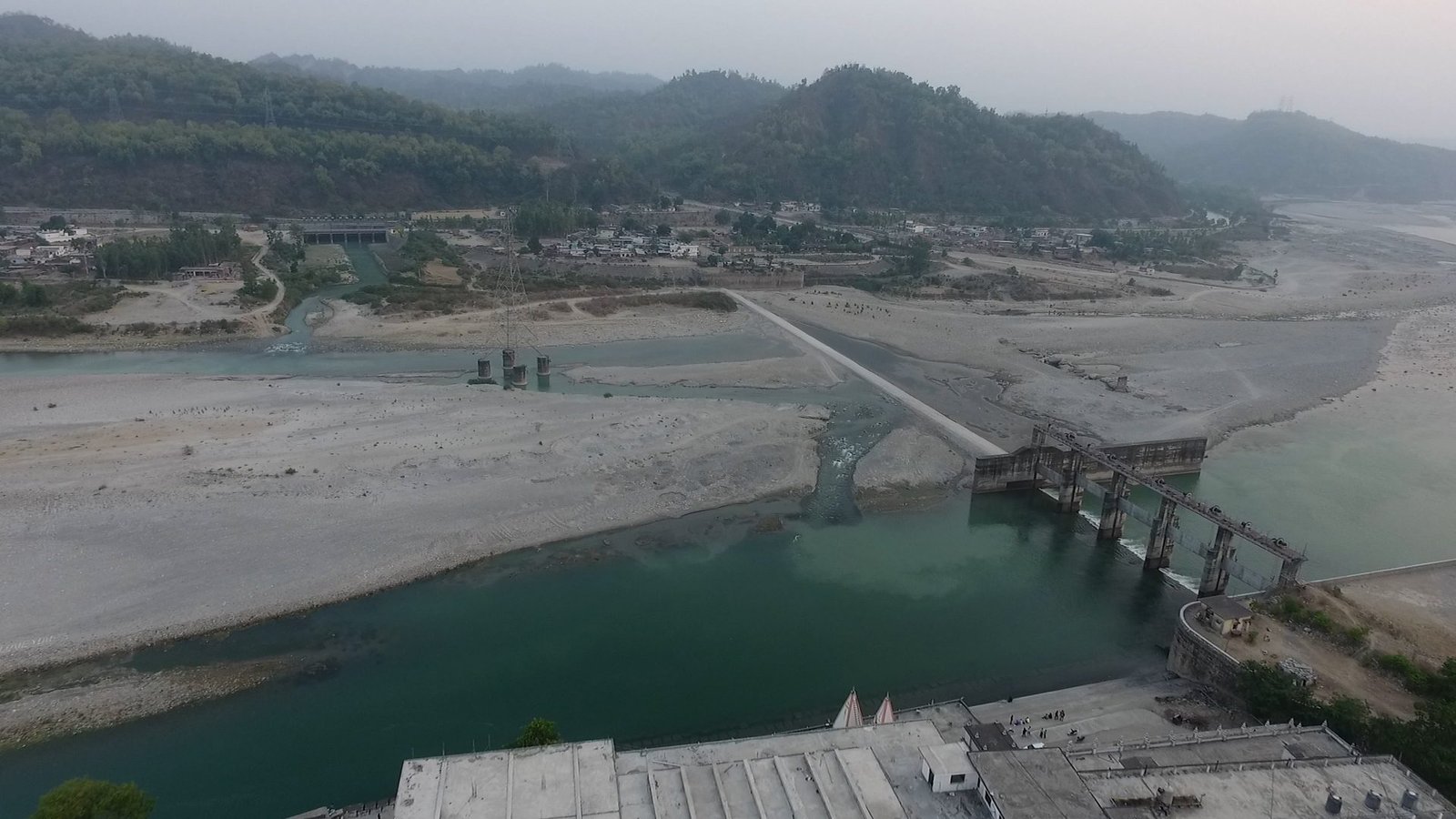The Yamuna River, often referred to as the lifeline of northern India, holds profound cultural, spiritual, and ecological significance. Stretching over 1,376 kilometers, it sustains millions of lives by providing water for drinking, irrigation, and industrial use. However, despite its revered status, the Yamuna today is a shadow of its former self, plagued by pollution, neglect, and overexploitation. A pollution-free Yamuna is not just a dream—it is a necessity. Achieving this future demands a collective approach, innovative solutions, and unwavering commitment from all stakeholders.
Understanding the Problem
The Yamuna’s journey, from its pristine source in the Himalayas to its polluted stretches downstream, tells a grim tale of human apathy. Major cities like Delhi contribute significantly to the pollution of rivers. Nearly 60% of the river’s pollution originates from untreated domestic sewage and industrial waste discharged from urban areas. Agricultural runoff, laden with pesticides and chemical fertilizers, further degrades its water quality. Encroachments along the riverbanks and reduced water flow add to the problem, hindering the river’s natural ability to cleanse itself.
The impact is devastating. The Yamuna, once a source of life, now threatens the health of communities relying on it. The river’s deteriorating condition also disrupts ecosystems, endangering aquatic species and reducing biodiversity.
Steps to a Pollution-Free Future
Restoring the Yamuna requires a multi-pronged strategy addressing pollution sources, promoting sustainable practices, and involving communities.
1. Strengthening Waste Management Systems
Sewage Treatment Plants (STPs):
A significant portion of the Yamuna’s pollution stems from untreated sewage. Expanding and upgrading STPs is vital to ensure that all waste is treated before being released into the river. Connecting every household and industry to these plants is equally critical.
Solid Waste Management:
Garbage often finds its way into the river, worsening its condition. Improved waste segregation, regular collection, and recycling initiatives can prevent this. Community-level awareness campaigns on proper waste disposal can also make a substantial difference.
2. Regulating Industrial Discharges
Industries along the Yamuna must adopt strict zero-liquid discharge protocols, ensuring no untreated effluent enters the river. Stricter enforcement of pollution control laws is essential, alongside incentives for industries adopting eco-friendly technologies. Compliance can be guaranteed by routine monitoring and sanctions for infractions.
3. Promoting Sustainable Agriculture
Agricultural runoff laden with chemicals is a silent contributor to the Yamuna’s degradation. Farmers must be encouraged to adopt organic farming practices, reduce dependency on chemical fertilizers, and switch to bio-pesticides. Providing subsidies for organic farming and organizing awareness drives can ease the transition to sustainable agriculture.
4. Reviving Natural Ecosystems
Nature can often heal itself when given the right support. Restoring wetlands along the Yamuna can act as natural filters, trapping pollutants and improving water quality. Reforestation efforts along the riverbanks can prevent soil erosion, provide habitat for wildlife, and enhance the ecological balance of the area.
5. Community Engagement and Awareness
No effort to restore the Yamuna can succeed without active public participation. Local communities, NGOs, and environmental activists must collaborate on clean-up drives, plantation activities, and awareness programs. Educational campaigns highlighting the importance of the river can instill a sense of responsibility among citizens. Simple actions, such as avoiding littering and conserving water, can collectively have a significant impact.
6. Leveraging Technology
Modern technology can play a pivotal role in monitoring and controlling pollution.
Smart Water Monitoring: Real-time water quality monitoring systems can track pollution levels and identify sources of contamination, enabling swift corrective measures.
Drones and AI: Drones can survey the river for illegal dumping and encroachments, while AI-powered tools can analyze pollution trends and predict future risks, allowing better planning.
7. Political Will and Policy Support
Achieving a pollution-free Yamuna requires strong political commitment and inter-state coordination. Governments must allocate adequate funds for river restoration projects and ensure their effective implementation. Policies promoting sustainable urban planning, stricter waste management regulations, and penalties for violations are essential.
A Collective Responsibility
Restoring the Yamuna is not merely a government-led initiative; it is a societal responsibility. Individuals, communities, businesses, and organizations must work together to amplify restoration efforts. For instance:
Citizens can reduce water wastage, avoid plastic use, and participate in local clean-up initiatives.NGOs can mobilize resources, create awareness, and provide innovative solutions.
Businesses can invest in green technologies and adopt sustainable practices to reduce their environmental footprint.
The Role of Traditional Wisdom
India’s ancient practices often emphasized living in harmony with nature. Reviving traditional methods like water harvesting and organic farming can complement modern restoration efforts. For example, community-based water management systems, such as check dams and ponds, can help recharge groundwater and improve river flow.
Conclusion
The dream of a pollution-free Yamuna is within reach, but it requires immediate and sustained action. By combining modern technology, sustainable practices, and community participation, we can revive the river and restore its health.
The Yamuna is more than a river—it is a source of life, culture, and spirituality for millions. Restoring it is not just an environmental goal but a moral obligation to future generations. Together, we can transform the Yamuna into a symbol of hope, resilience, and harmony with nature.


